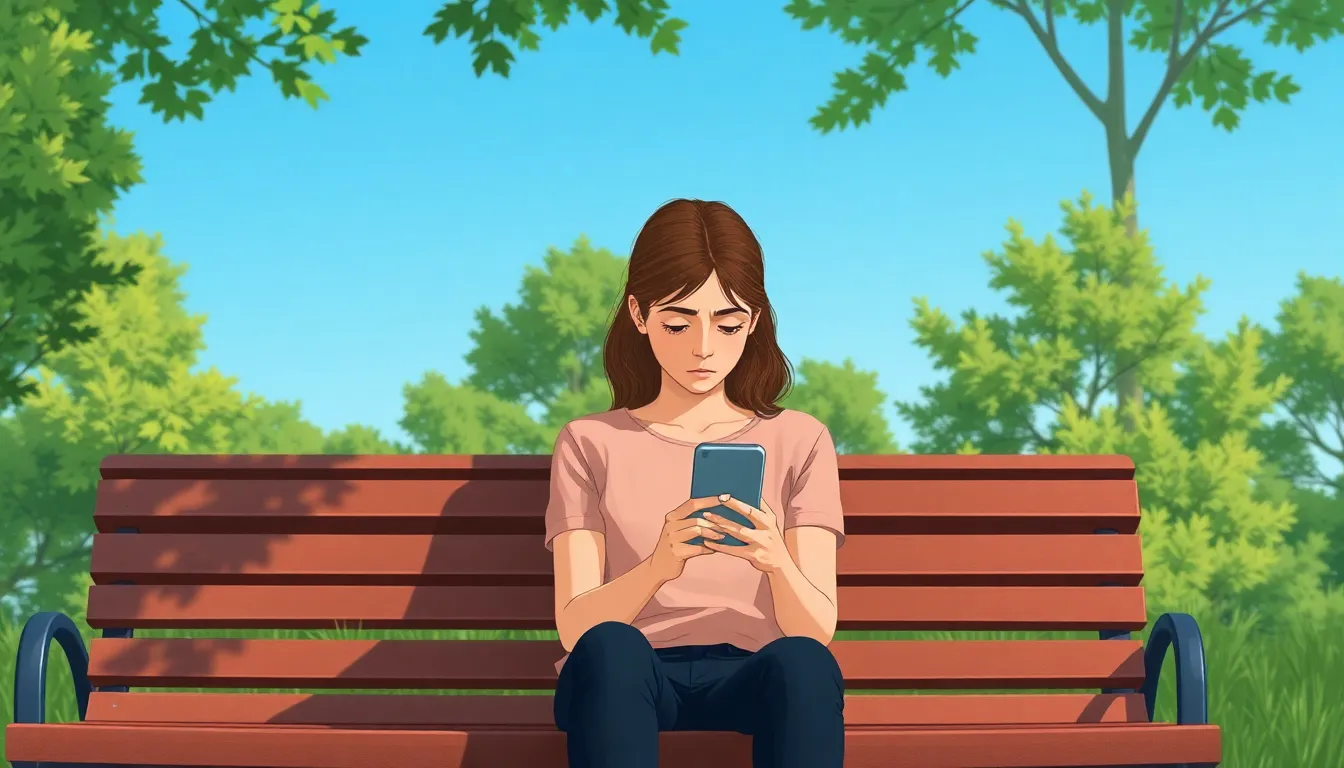
In today’s digital age, social media has woven itself into the fabric of daily life. While it offers a platform for connection and expression, many are beginning to recognize its darker side. The constant barrage of curated lives and perfect images can lead to feelings of inadequacy and anxiety. As users scroll through their feeds, they often find themselves trapped in a cycle of comparison and negativity. This toxic environment not only affects mental health but also influences relationships and self-esteem. Understanding these impacts is crucial for navigating the complex world of social media and fostering a healthier online experience.
Social Media Is Toxic
Toxicity in social media manifests through harmful interactions, negative content, and detrimental behaviors that affect users’ well-being. Recognizing and addressing these issues is crucial for fostering healthier online environments.Defining Toxicity
Toxicity refers to harmful behaviors and content encountered on social media platforms. This includes cyberbullying, harassment, misinformation, and the spread of negativity. Users experience emotional distress due to these interactions, leading to feelings of isolation or inadequacy. By defining toxicity, individuals can identify harmful environments and seek to disengage from them.Common Symptoms of Toxicity
Common symptoms of toxicity in social media include anxiety, depression, and low self-esteem. Users often show signs of frustration and fatigue from constant comparisons with idealized portrayals. Increased screen time, negative comments, and emotional detachment from real-world relationships further contribute to these symptoms. Recognizing these indicators helps individuals take necessary steps to protect their mental health while navigating social media.Psychological Effects of Social Media



